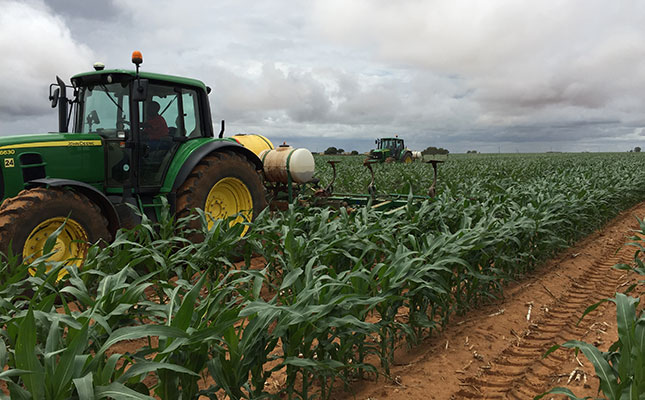
Photo: Jozeph du Plessis
While there is still a positive outlook for South Africa’s agriculture sector, the increase in the South African Reserve Bank’ (SARB) repurchase rate (repo rate), will increase farmers’ debt servicing costs, and will consequently erode profit margins.
This was according to Paul Makube, senior agricultural economist at FNB Agri-Business.
Lesetja Kganyago, governor of the SARB, announced on Thursday (19 May) that the Monetary Policy Committee had decided to increase its benchmark lending rate by 50 basis points to 4,75%.
The repo rate is the rate at which the SARB lends money to commercial banks. This means that commercial banks’ prime lending rate will increase to 8,25%.
“In 2020, total agriculture debt stood at R191 billion, which has increased by an annual compound growth rate of 10,4% in the past five years,” Makube said in a statement.
Furthermore, the sharp increase in fertiliser prices meant that farmers would be forced to increase their debt requirements in preparation for the new planting season, he said.
However, Marlene Louw, senior agricultural economist at Absa AgriBusiness, said the SARB did not really have any other option, given the fact that the US Federal Reserve hiked its interest rate by 50 basis points at the beginning of May.
“This was the best way to manage the rand. If the SARB did not do this, the rand would have weakened, and this would have led to fertiliser prices increasing even further,” Louw told Farmer’s Weekly.
South Africa imported about 80% of its fertilise requirements, she added.
According to Louw, farmers would probably only feel the impact of this rate hike in the 2023 planting season.
“Although this is adding to the cost burden for farmers, commodity prices might have eased by then. We will also have to see what happens on the global market by then.”
Louw explained that the stabilising of the rand would also be a good thing for consumers in terms of food prices.
“The exchange rate [of the rand against international currencies] plays a critical role when it comes to staple foods [such as maize meal and bread],” she said, adding that a depreciating rand placed pressure on food prices because the price of wheat and maize was determined on a global scale in dollar terms.










